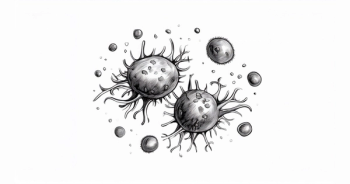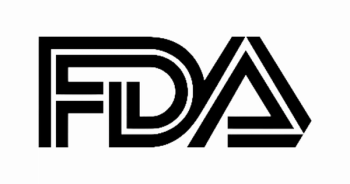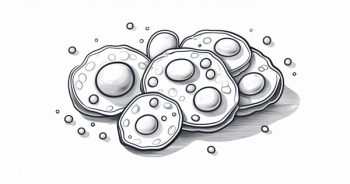
The Role of Anti-BCMA Therapies
Sagar Lonial, MD, FACP:One of the interesting things about having a target that’s so important in myeloma, such as BCMA [B-cell maturation antigen], is that we already have a large number of different ways to attack BCMA. One of them is the antibody drug conjugate, which is basically a monoclonal antibody. Instead of relying purely on immune mechanisms to kill the cell, there is a key piece of chemotherapy on the back that took to it that is then directly targeted to the myeloma cell. This is positive in many ways because it’s relatively easy and straightforward and doesn’t necessarily require an intact immune system to really be affective.
The next category is a bispecific, or BiTE [bispecific T-cell engager]. The plan here is similar to another antibody that’s used, or a bispecific that’s used in ALL [acute lymphoblastic leukemia] called blinatumomab. It’s basically a portion of the Fc receptor that targets CD3, connected with the FC target that targets BCMA. These 2 pieces are connected together in the middle.
What the bispecific antibody does is bring a T-cell right next to a myeloma cell, allowing the T-cell to subsequently kill that myeloma cell because of close proximity and antigen activation. That certainly again is exciting, but does require some level of T-cell activation present in order for this to really be affective.
The third mechanism is a CAR [chimeric antigen receptor] T cell, where you take out T-cells from the patient, autologous T-cells, transfect them in a way that they express something that targets BCMA directly, and then give those T-cells back to the patient. That is probably very exciting as well. When you use the CAR-T cell versus bispecific, versus antibody drug conjugate, right now is really unclear. Each of them has pros and cons. The first 2 that I mentionedthe bispecific and the antibody drug conjugate—are off the shelf. You can give them whenever you feel you need to. Whereas the CAR-T cell has to be made outside the body and then infused back.
The last 2, the bispecific and the CAR cell, are associated with cytokine releasesyndrome, or CRS, which requires some level of close monitoring and medical intervention should thisadverse effect potentially emerge. Each of them has pros and cons depending upon what’s best for the patient at any given time.
Transcript edited for clarity.










































